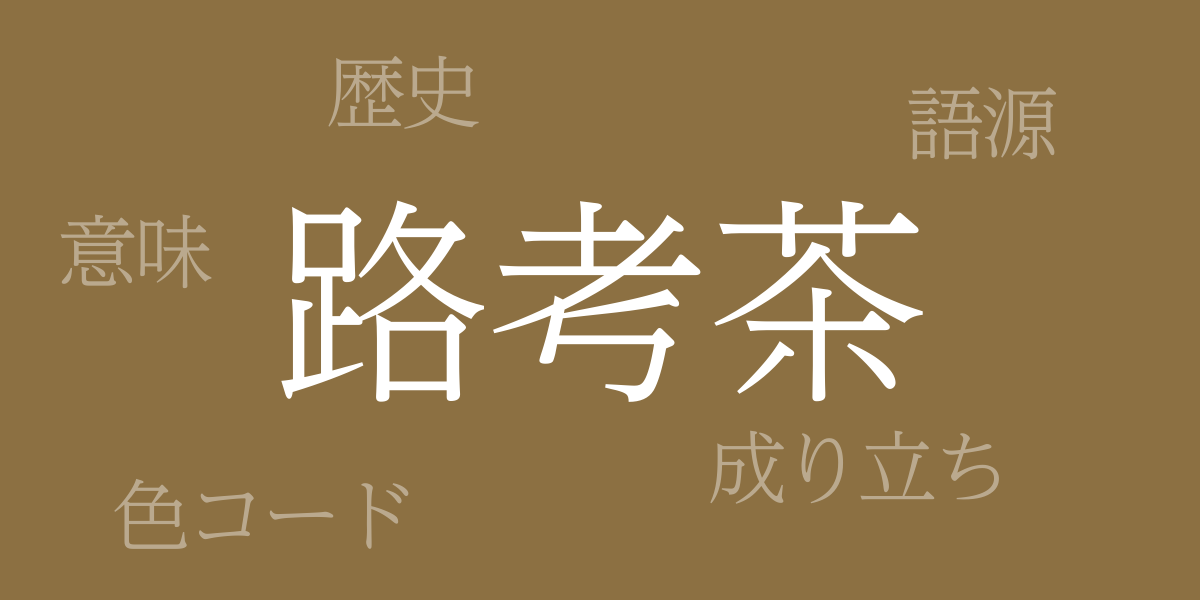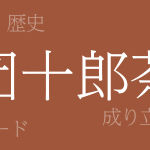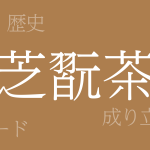Japanese traditional colors have enchanted people worldwide with their delicate beauty. Among these, “Rokocha” (路考茶 – ろこうちゃ), known for its deep hue, is deeply rooted in Japan’s history and culture. This article explores the allure of Rokocha, delving into the tranquility and warmth its colors bring.
About Rokocha (路考茶 – ろこうちゃ)
Rokocha (路考茶 – ろこうちゃ) is one of Japan’s traditional colors, characterized by a unique reddish-brown. This color, reminiscent of the earth and wood tones found in nature, is commonly used in tatami mats and wooden architecture. It has also become popular in modern interior and fashion design, valued for its ability to create a calm atmosphere.
The History of Rokocha
The name Rokocha dates back to the Edo period, inspired by the color of tea bowls used in traditional tea ceremonies by scholars of the time. Loved by samurai, merchants, and literati alike, it was used in clothing and everyday items. Its timeless beauty continues to be cherished by many today.
Rokocha Color Codes
Accurate color codes are essential for replicating Rokocha in digital designs and prints. Below is an example of the color codes representing Rokocha:
- HEX: #8C7042
- RGB: R:140 G:112 B:66
- CMYK: C:52 M:58 Y:83 K:6
Western Name for Rokocha
The Western name for Rokocha is often “Roasted Brown,” reflecting the warm brown tones reminiscent of freshly roasted beans or baked goods. This name, based on Western color naming conventions, is used when introducing this traditional Japanese color in an international context.
Conclusion on Rokocha
Rokocha is distinguished by its thoughtfully refined hue. Born from Japan’s natural and cultural landscapes, this color remains beloved by designers and creatives today. Whether in interiors, apparel, or graphic design, Rokocha’s beauty shines, continuing to be cherished as a fusion of Japanese tradition and modernity.

























